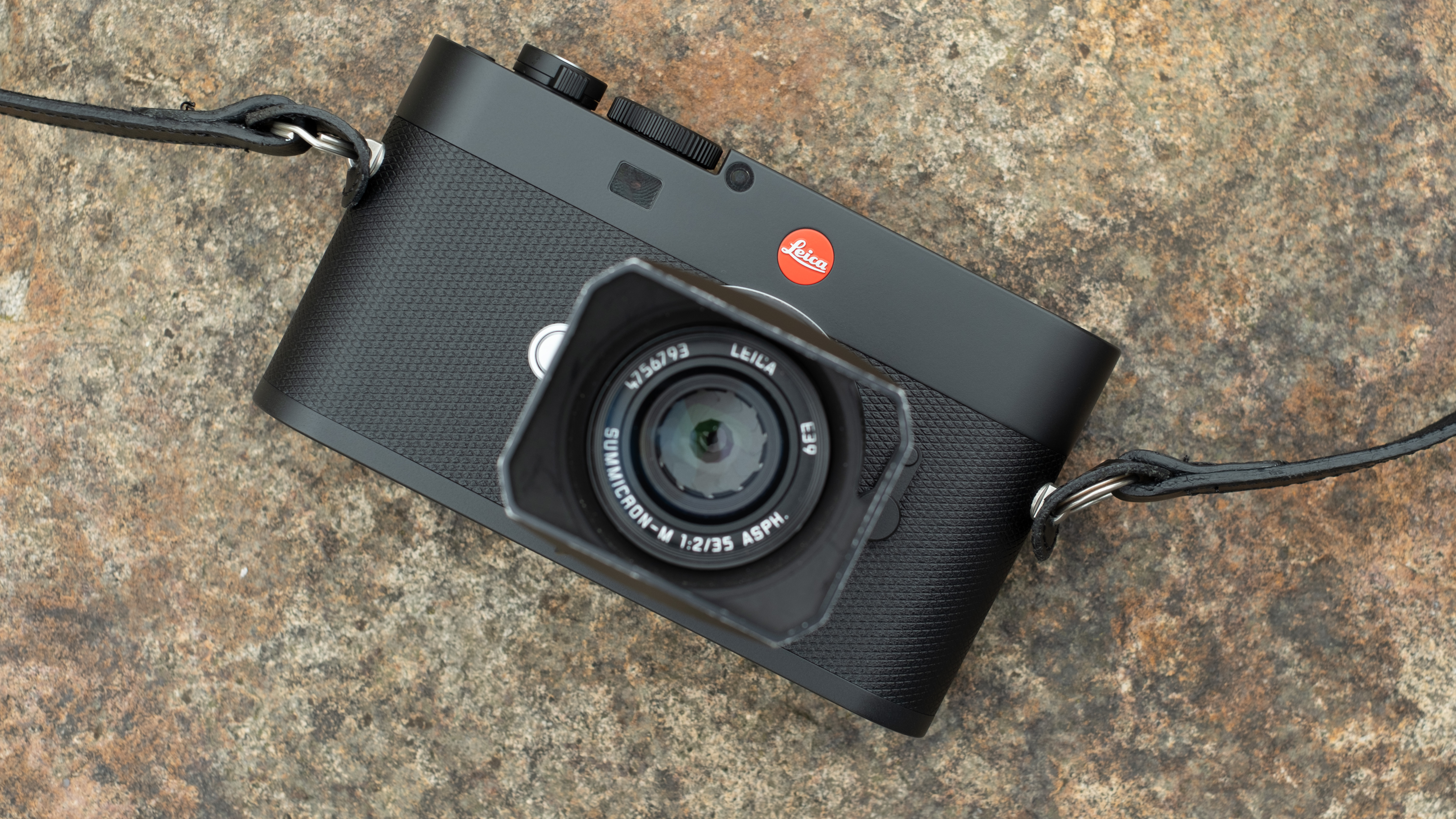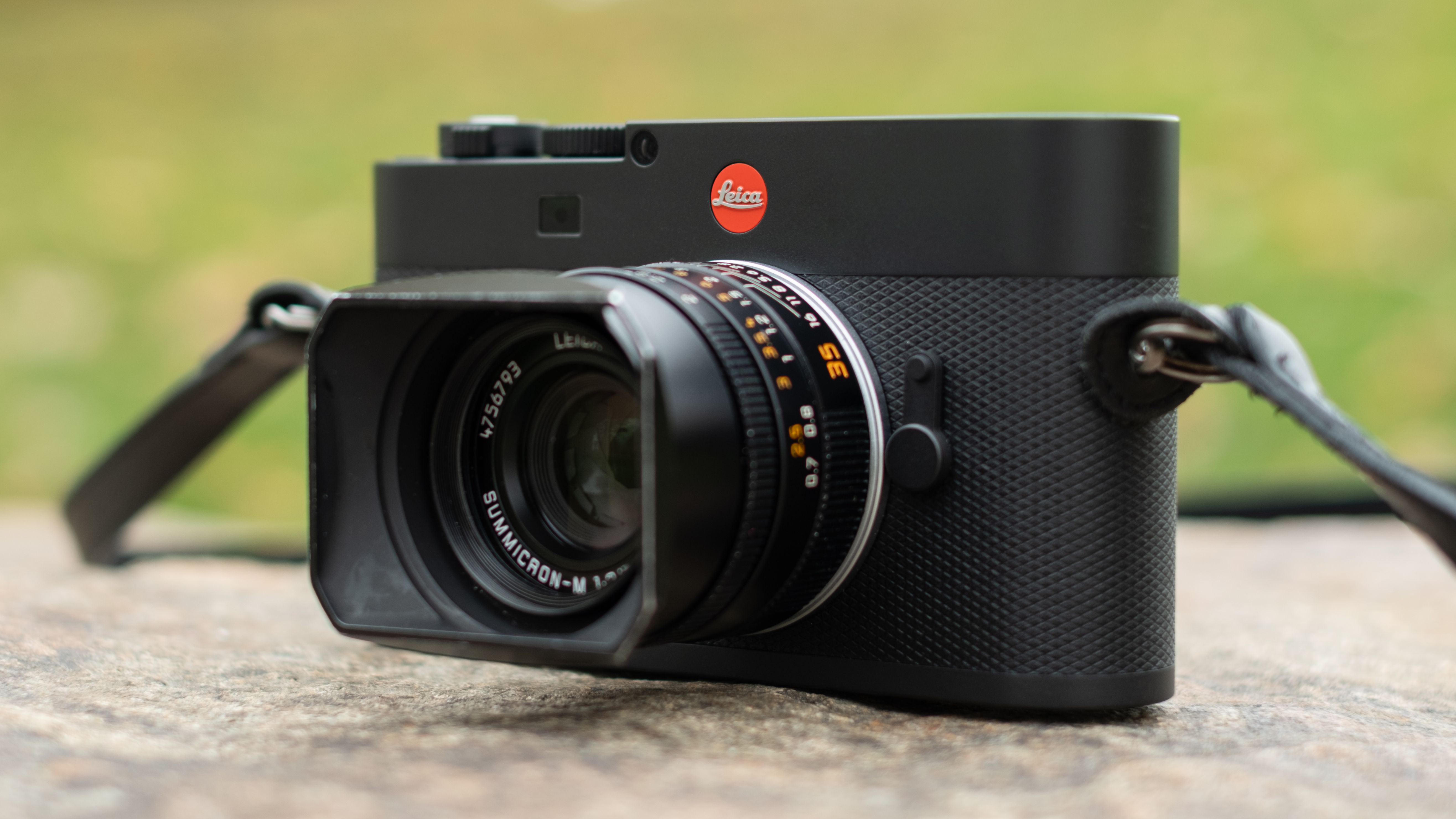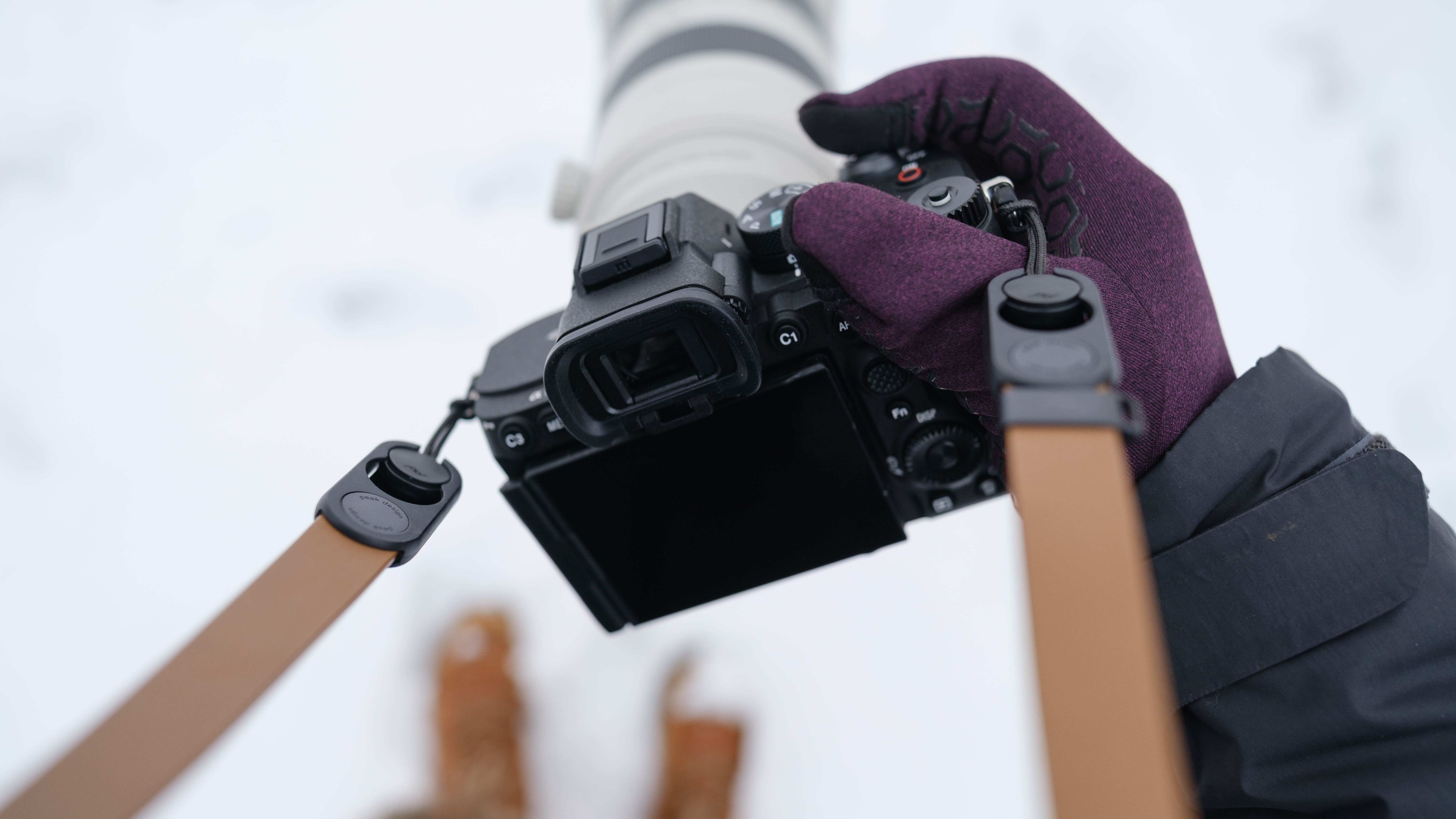I think the Leica M EV1 is Leica’s real “entry-level” camera – let me explain why
Leica’s M EV1 is the new gateway drug to M-mount magic
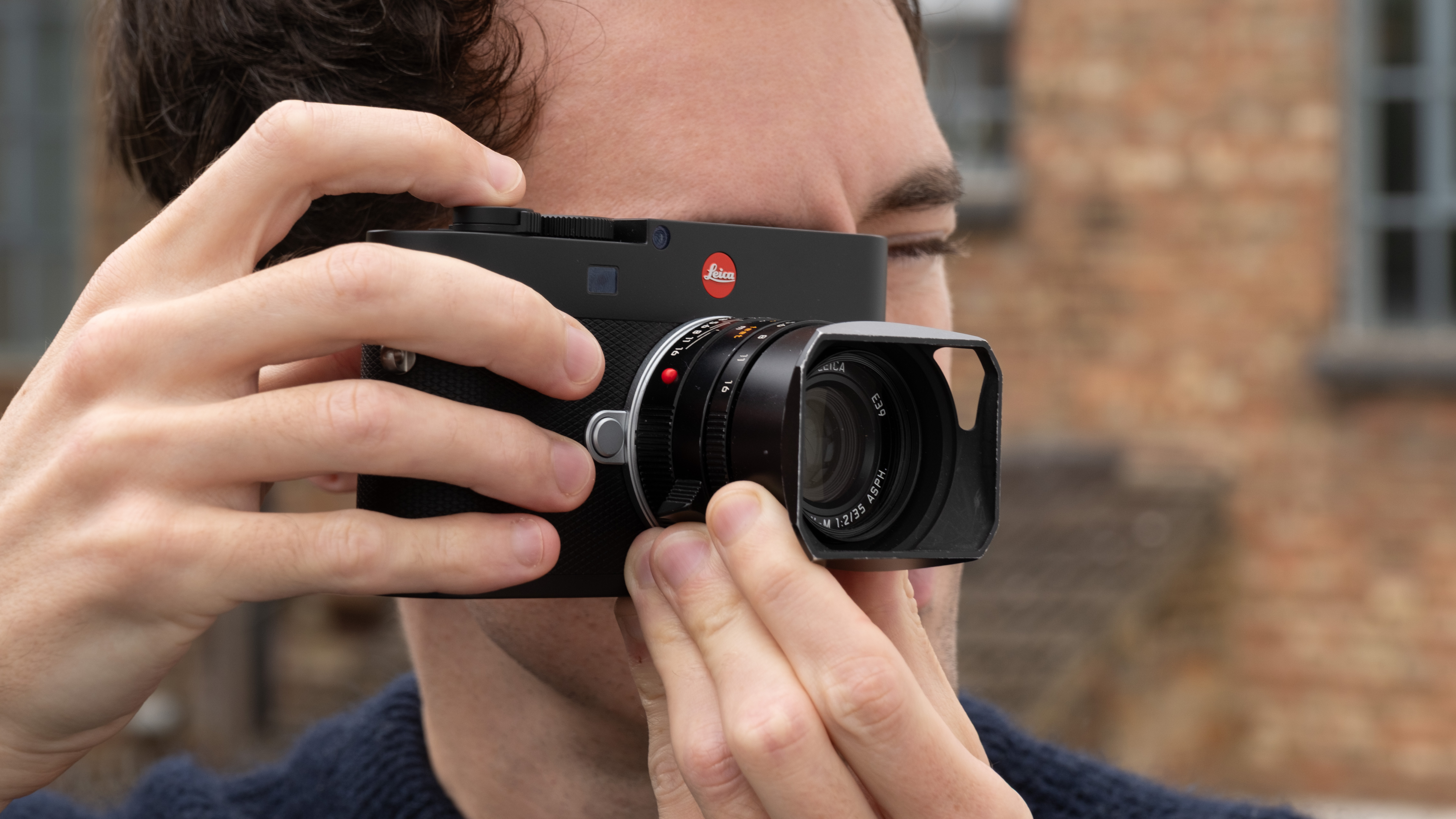
I’ve been a Leica user for a few years now, happily losing hours to the particular rhythm of the M system. My daily carry is a Leica M-E - the “entry-level” ticket Leica once issued to tempt more photographers into rangefinder life.
It did its job with me. I learned the dance of framelines and split images, and I still love it, which is why the arrival of the Leica M EV1 - the first M with an electronic viewfinder - lands with a mix of curiosity and trepidation.
Let’s get the obvious out of the way: the Leica M EV1 breaks with tradition. No optical rangefinder; in its place, a 5.76-million-dot OLED EVF and the same 60MP full-frame sensor found in the M11 family, plus Leica’s Content Credentials baked in. On paper, it’s a very modern M that still expects you to focus for yourself, only with peaking and magnification that make fast glass and tricky focus planes more forgiving. Consider it a digital-first interpretation of M-mount purity rather than a rejection of it.
Price is where the EV1 quietly changes the pecking order. In the UK, it’s widely listed at £6,840; in the US, the official retail price is $8,995. Meanwhile, the base M11 has been discontinued, leaving the pricier M11-P, M11-D, and Monochrom variants as the current rangefinder options. In real-world shelves and carts, that makes the EV1 the least expensive current digital M you can actually buy new, which, in Leica-speak, is precisely what “entry-level” looks like now.
Does the EVF fully convince me? Not yet. I adore the spatial awareness and immediacy of a rangefinder, and the M-E still gives me that serene, uncluttered view of the world. But I also can’t ignore how much more approachable the M experience becomes when the viewfinder shows you exactly what you’ll get, especially with ultrawides, close-focus adapters, or long lenses that push the limits of framelines. Reviewers who’ve spent time with it say the usability leap is real, and that tracks with my own brief hands-on.
Here’s the financial truth on the Leica scale. The M EV1’s sticker is essentially level with the old M11’s US MSRP, but it undercuts the premium M11-P and M11-D variants by a meaningful margin. For buyers choosing between current, warranty-backed bodies, that gap isn’t academic - it’s the difference between getting in now or waiting another year.
If you’ve grown up on mirrorless, the EV1 is also a softer landing into the M world. You still get manual focus, aperture rings, and that unmistakable rendering, but you don’t need to learn rangefinder parallax or wrestle with frameline coverage before you can trust your focus at f/1.4. In that sense, “entry-level” is less about cutting features and more about reducing friction - financially and technically - without diluting the M identity.
As someone who came in via the Leica M-E, I recognize the playbook. Leica isn’t cheapening the brand; it’s widening the doorway. The M-E did it by lowering the ticket price to rangefinder purity. The M EV1 does it by pairing M lenses with a familiar EVF experience at the lowest current price point for a new digital M body - making the first step into M-mount less daunting for photographers who’ve never patched a split image in their lives.
So yes, while purists will argue the soul of the M lives in the RF window, the market reality is clear. In 2025, the Leica M EV1 is the de facto “entry-level” Leica M: the most attainable way to buy into the current line, with the added on-ramp of a modern EVF.
While I’m still a little in love with my M-E’s optical view, I can’t pretend the EV1’s proposition - especially at this end of the price list - isn’t a very Leica way to welcome more people in.
Check out our guide to the best Leica M lenses
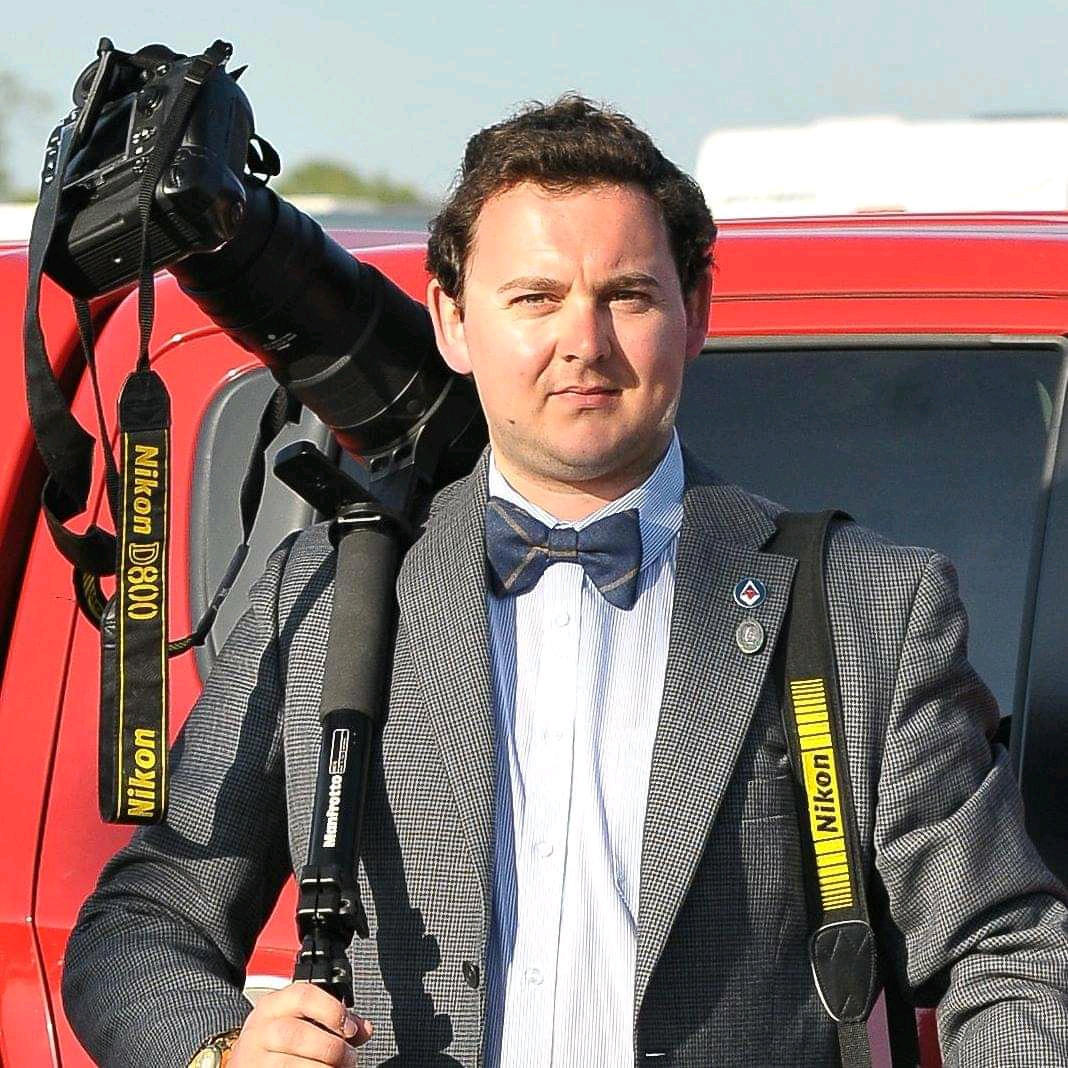
For nearly two decades Sebastian's work has been published internationally. Originally specializing in Equestrianism, his visuals have been used by the leading names in the equestrian industry such as The Fédération Equestre Internationale (FEI), The Jockey Club, Horse & Hound, and many more for various advertising campaigns, books, and pre/post-event highlights.
He is a Fellow of the Royal Society of Arts, holds a Foundation Degree in Equitation Science, and holds a Master of Arts in Publishing. He is a member of Nikon NPS and has been a Nikon user since his film days using a Nikon F5. He saw the digital transition with Nikon's D series cameras and is still, to this day, the youngest member to be elected into BEWA, the British Equestrian Writers' Association.
He is familiar with and shows great interest in 35mm, medium, and large-format photography, using products by Leica, Phase One, Hasselblad, Alpa, and Sinar. Sebastian has also used many cinema cameras from Sony, RED, ARRI, and everything in between. He now spends his spare time using his trusted Leica M-E or Leica M2, shooting Street/Documentary photography as he sees it, usually in Black and White.
You must confirm your public display name before commenting
Please logout and then login again, you will then be prompted to enter your display name.
